
American Women Are Giving Up on Marriage – And It’s Changing Society
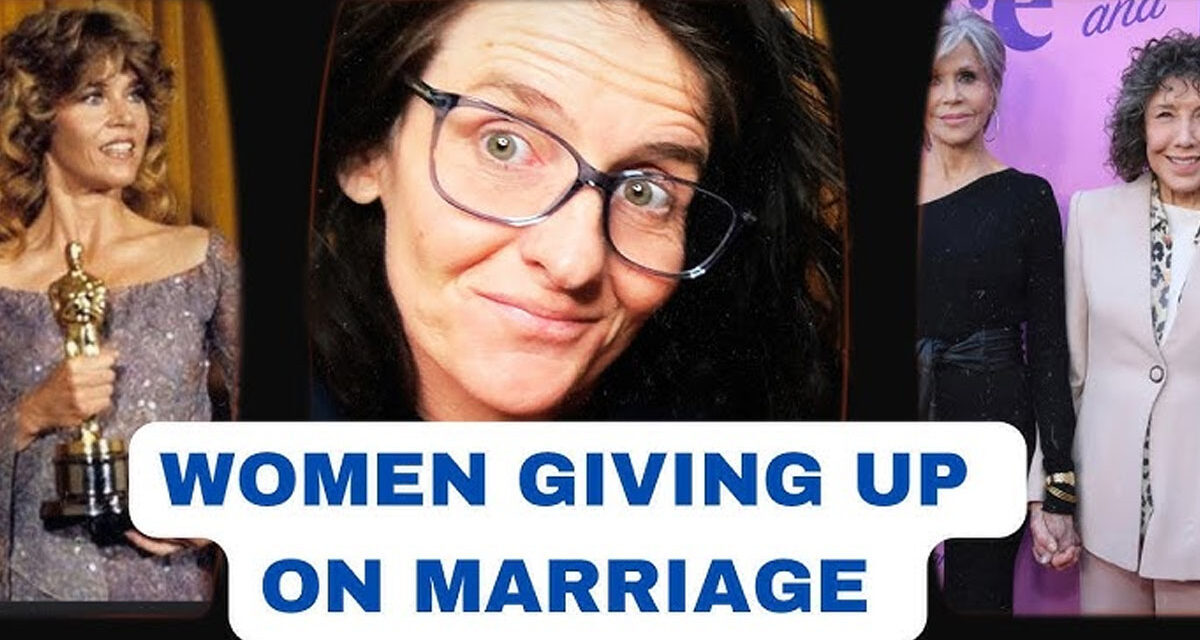
Across the United States, more women are choosing to stay single, not because they no longer value love, but because they no longer believe the current relationship landscape works for them. Whether due to disappointing experiences with men, political differences, or a desire for independence, this trend is part of a larger social shift that’s reshaping how American women think about dating, marriage, and motherhood.
The Numbers Are Changing Fast
Statistics show that marriage is no longer the life goal it once was for many women. In 2023, 51.4 percent of American women between the ages of 18 and 40 were single, according to census data analyzed by the Aspen Economic Strategy Group. That’s a major increase from 41.8 percent in 2000. These women are not necessarily giving up on love forever, but more are open about stepping away from the pressure to find a husband.
Pew Research data from 2022 revealed that only 34 percent of single women were actively looking for a romantic partner. That number was down from 38 percent in 2019. In contrast, 54 percent of single men said they were still searching for love. And in a 2024 American Enterprise Institute survey, more than half of single women said they believed they were happier than their married peers. Just over one-third of single men said the same.
According to Daniel Cox, director of the AEI Survey Center on American Life, this gap is significant. “The numbers aren’t netting out,” he said, pointing out how women are surpassing men in college attendance, home buying, and career focus. “They would rather be alone than with a man who holds them back.”
Stories Behind the Shift
Behind the statistics are women like Andrea Vorlicek, a 29-year-old accountant in Boston. After years of disappointing relationships and countless unsatisfying dates, Vorlicek decided to stop searching for a husband. “I’m financially self-sufficient enough to do these things myself,” she said. Now, she’s looking to buy a house on her own and is even considering becoming a single mother. “I’m willing to accept being single versus settling for someone who isn’t the right fit.”
Vorlicek doesn’t pretend that being single is always joyful, but she finds peace in accepting her reality. “I don’t want to sit here and say I’m 100 percent happy,” she said, “but I feel happier just accepting my reality. It’s mentally and emotionally a sense of peace.”
Katie Kirsch, 30, also gave up dating apps after spending the first half of 2024 going on three or four dates a week in hopes of finding a husband. “Dating is the only thing you can put 10,000 hours into and end up right where you started,” she said. Many of the men she met either weren’t ambitious or were uncomfortable with her career success. She recalled that several male friends expected their future wives to stay home and raise kids, despite being in progressive circles.
Education, Economics, and Expectations
One major reason for this growing divide is the gap in education and income between men and women. In 2024, 47 percent of women ages 25 to 34 had a bachelor’s degree, while only 37 percent of men did. This educational gap often leads to different life expectations, especially when women seek partners who are equally driven.
“Women are doing comparatively well when it comes to education and their early years in the labor force,” said Brad Wilcox, a fellow at the Institute for Family Studies. “Men are doing comparatively badly.” He explained that this mismatch creates a problem because most people want to date someone with a similar level of success.
For non-college-educated women, the situation is even tougher. Economist Benjamin Goldman found that among women born between 1930 and 1980 who did not have a college degree, marriage rates by age 45 dropped from 79 percent to 52 percent. “Young men without a degree are struggling so much as a group that there simply aren’t enough with steady jobs and earnings for non-college women to date,” he said.
A Shift in Values
Many women report that it’s not just career differences keeping them single, but also clashing beliefs and values. Alicia Jones, a 38-year-old from Washington, D.C., ended her last relationship when her boyfriend expected her to stay home with kids, even though she earned nearly 50 percent more than he did. “He wanted the white picket fence and me at home with the kids,” she said.
Jones tried a singles event in 2023 and left not with a date, but with three new female friends. The women now meet for dinner and drinks regularly. “The men at the event seemed more interested in the brewery’s board games than the people in the room,” she said.
Politics are another reason many women are turning away from traditional relationships. Gallup found that in 2024, 39 percent of women aged 18 to 29 identified as liberal, compared to only 25 percent of men. That gap has grown sharply since 2014, when the difference was just four percentage points.
University of Denver psychology professor Galena Rhoades explained that politics have become about more than policies. “They are reflective of people’s world views,” she said. For many women, especially after the overturning of Roe v. Wade and Donald Trump’s reelection, political disagreements feel personal—and non-negotiable.
The Rise of the 4B Movement
Some American women are now embracing the ideas of the 4B movement, a feminist movement that started in South Korea. The name stands for “no” to four things: dating, marriage, sex, and childbirth. It began as a reaction to what South Korean women saw as a deeply unfair and patriarchal society.
In the United States, the 4B movement gained traction on platforms like TikTok after Trump’s 2024 victory. Hashtags like #4B and #BoySober began trending. One viral post read, “Doing my part as an American woman by breaking up with my Republican boyfriend last night and officially joining the 4B movement this morning.”
BuzzFeed found that 84 percent of women in one of their polls supported the idea behind 4B. One woman said, “I think every woman in America should join the 4B movement, especially the wives and girlfriends of senators and representatives, until they come to their senses and put Roe v. Wade back and enshrine it into the Constitution.”
Not everyone agrees with the movement. Some women say it’s too extreme. “Why would women deprive themselves of relationships simply as a response to a political election?” one woman asked. Others worry that this trend could isolate women further or even lead to more resentment between the sexes.
What Critics Are Saying
Conservative voices argue that this growing trend is damaging to families and society. JD Vance, Vice President-elect, blamed the sexual revolution for weakening marriage. “Once it becomes no longer good for one of the parties or both of the parties, you just dissolve it and go onto a new business relationship,” he said. “That recognition that marriage was sacred was a really powerful thing that held a lot of families together and when it disappeared, unfortunately a lot of kids suffered.”
Others point to the growing wealth gap between couples and singles. In 2022, the median wealth of married couples was $393,000, according to the St. Louis Federal Reserve. For unmarried people—including those who are cohabiting—that number was just $80,000. Economists say this is partly because married couples are more likely to own valuable assets like homes and cars.
Finding Peace Outside of Partnership
Despite the criticism, many women say they are finding peace and purpose outside of traditional relationships. Some, like Tina Noohi, are preparing for single motherhood. “Parenthood and romantic love don’t have to be intrinsically linked,” she said. Noohi has started saving for a baby and researching the “Single Mothers by Choice” movement.
Marcia Inhorn, a Yale anthropologist and author of Motherhood on Ice, found that 82 percent of the women freezing their eggs were single. Many said they would have children sooner if they had found a stable partner. Inhorn called their reasons “incredible frustration, sadness, anxiety surrounding partnership.”
Rosanna Hertz, a sociologist at Wellesley College, calls these women “reluctant revolutionaries.” They did not start out trying to break the mold. “They don’t get up one morning and say, ‘Gee, I’m sitting around in my pajamas. I think I’ll order sperm on the internet,’” Hertz explained. But after years of dating disappointment, many decide to take control of their futures.
A Quiet Departure from Romance
Daniel Cox, whose upcoming book Uncoupled explores these trends, believes that many women still want love. But they are losing hope. “Ideally, this would not be my life,” he said of the sentiment many women express, “but it’s too difficult. It’s too hard. And I’m having a lot of negative experiences that I just don’t want to have.”
Cox says the shift away from dating and marriage is not dramatic or loud. Instead, it’s like a slow, quiet shrug. Women are simply stepping away, not in anger, but in exhaustion.
A New Kind of Future
As more women choose independence over partnership, American relationships are undergoing a profound transformation. For some, this is a crisis. For others, it is a long-overdue correction. What is clear is that women are no longer willing to settle. They are choosing peace over pressure, clarity over confusion, and freedom over frustration.
Marriage may still be a dream for many, but it is no longer the only one. As writer Lyz Lenz said in her book This American Ex-Wife, “Maybe I could have just given up and been miserable for a few years until our children were grown. But I didn’t want to. I didn’t want to waste my one wild and precious life telling a grown man where to find the ketchup in the fridge.”



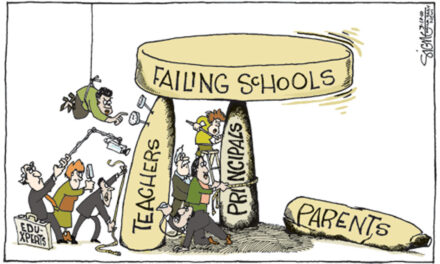


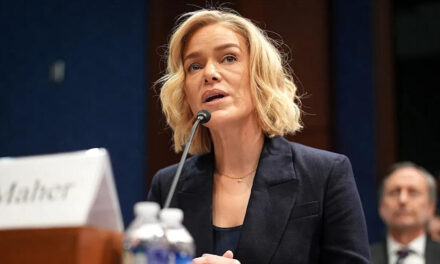
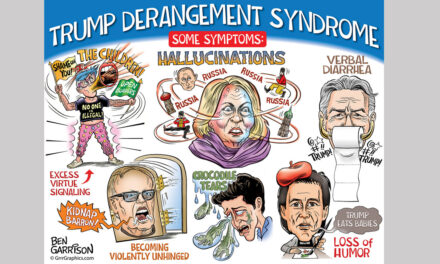



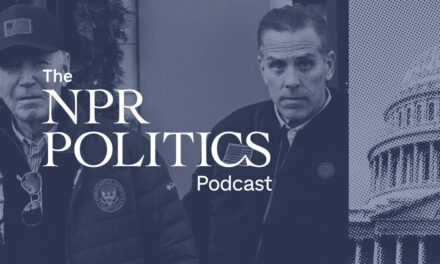






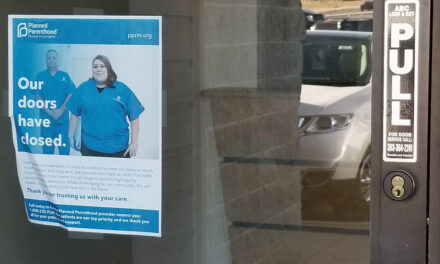




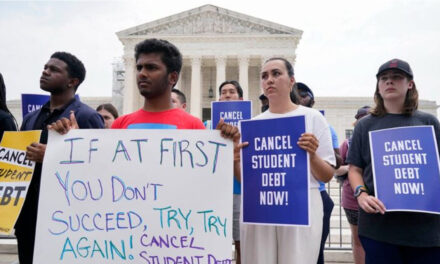

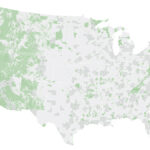
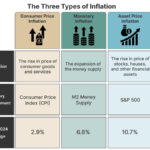




I’ll say it’s the core values; change those and you change the society altogether. Another thing could be faith. Marriage has traditionally been a commitment among the faithful. Liberalism has eroded a lot of it over the decades. I bet the proportion of marriage in the believer community is far bigger than the faithless.
Daniel has banned free speech on his educational tome, so I post my response here. If he fixes it, he can move this too.
Daniel, I think you need to go to school on school. Perhaps take courses on the governance model and the funding model. While Federal Funding is important, it’s a small, yet noticeable aspect of school funding that is primarily provided by the State. Do you even know how the US public school system curriculum is decided and what the governance model is specifying Federal input? Again, it’s primarily up to the States and not the Federal Government. Now, understand that before you rewrite this abortion of a story with faces hitting the floor on the operating room. Trump has very little funding to return to the States; the States today get said funding at different levels for every State. By need, by program, how the fuck will Trump manage that return? Trump has very little control over curriculum which is managed by the States, often on a very local basis. He manages test score benchmarks, are you really that stupid to suggest a State-distributed model for test score benchmarks?
Your blind acceptance of Trump craziness and lies distorts the truth of how schools are managed, funded, and who owns what responsibilities. Get your head out of your Project 2025 and realize Republicans don’t even remember WHY they want to gut the Education Department or what it does. Trump could care less what he kills, he just wants to kill something, anything. You note like ObamaCare, Trump has no plan what to do with education next and it certainly won’t be the Fed doing what you thing it does, but does not. You don’t even show the TRUMP Education plan, you show someone else’s ideas. WHY? Does Trump not have an idea, a clue?
First, you are blaming the Federal Government for your perceived problems with education. And your answer is to cut funding and close down the little the Federal Government does. Return the power it does not have to the States who do not want it. How braindead is that? The Fed is worth about 15% in total funding, the States are in for 85%. Most of the Fed funding is in food, health, and special education support. The Fed’s main control over curriculum is in setting benchmarks on the testing, and how the special education funding might twist how States structure programs to take advantage of “free money.” Your story does not even seem to know that. The money goes out on a needs basis by applying for grants. NJ being less needy, more affluent gets less, your State probably gets a lot more, based on you educational accomplishments in this story alone :>)
“The American education system is in crisis. Test scores in reading and math have dropped to levels not seen in decades.” OK, it’s 50 States and 50 systems. Not all totally different, but betting no two are the same either. And keep your fucking hands off NJ education. We do not want your stupid help. Not in NJ. Speak for yourself and keep your ideas out of New Jersey. NJ is always in the top five, most often rated one or two in State public schools ranking. Don’t matter who is doing the rating. We pay at the number 4 or 5 level so seems a pretty good deal to get a second place rating for our expenditure at 4th place. Even our schools with covid downturns are still well above national average. We also have a lot of schools that improved during covid. “Complete and total disaster?” Not in NJ.
Jersey’s funding is 8% Federal, 92% NJ so you can shove your fucking Federal Money. Better yet, since we pay to support other State’s schools where they get more than 15% while we get 8%, just kill the tax and we will be better off. Guess what —– if you look across the States you will find similar occurrences and do you want to guess which taxpayers pay more in Federal Education taxes but get less: (jeopardy music) — I don’t know but you gotta guess it’s BLUE states. Yeah, once again Red States do better on the money, blue states worse and the Red States want to kill the funding. I think Daniel and the entire Republican party should go back to school on this one.
Do you have any facts to how bad this complete disaster is? Or are you just talking out your ass upchucking what others have digested for your pleasure? Tell you what, here’s everything you wanted to know about funding. If you scroll way down you can find Federal Funding Per Student by State and note that 8 out of the top 10 top funded States are RED. Yeah, so send it back to the States and pretty sure that Red States will lose as the funding gets averaged across the land. Stupid idea. Cool link though: *https://educationdata.org/public-education-spending-statistics*
Next I will look to your improvements, which, go figure, I think I will like some. Just don’t understand how the Federal Government can make any of this happen except for a recommendation.
Frank Dunger who feeds your head full of lies?
Mr. Hammon. I post links. You can look any other facts up, feel free to refute, with evidence.
You have proven nothing, no lies, but if that’s your opinion, wrong as it is, so be it.
And I spell my name: danger. And really, a guy with the moniker HAMMON making fun of someone’s fake name?